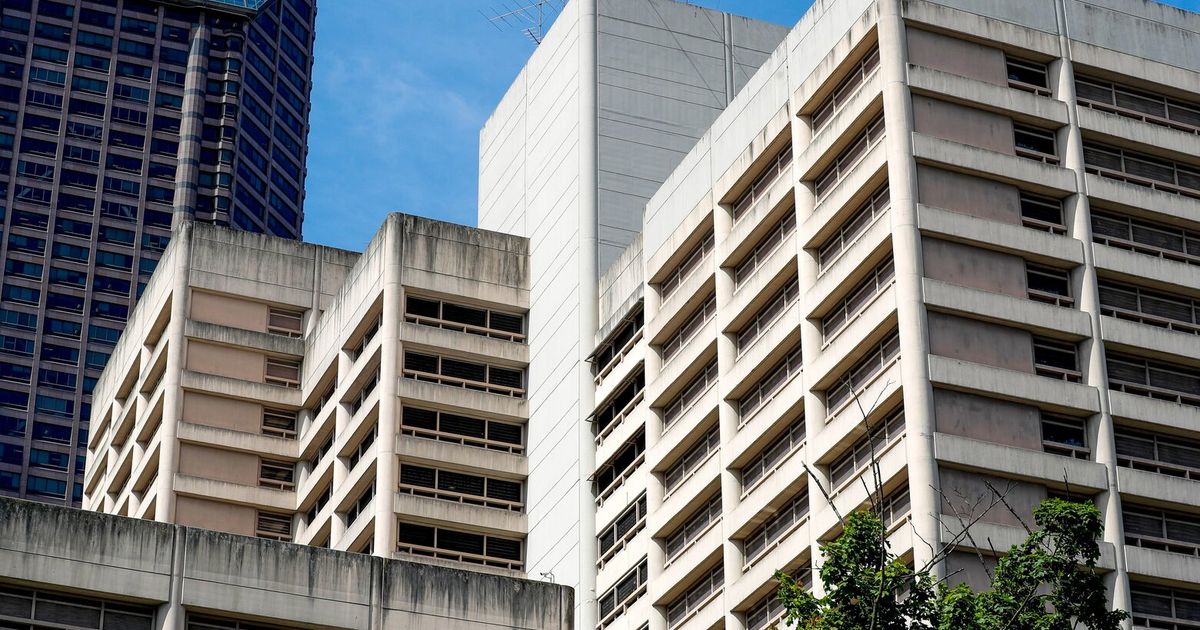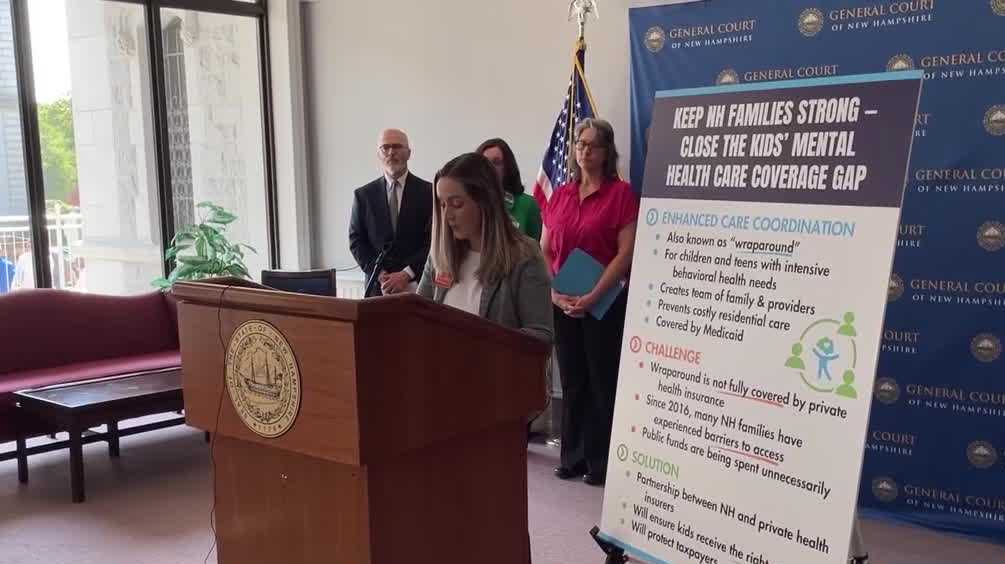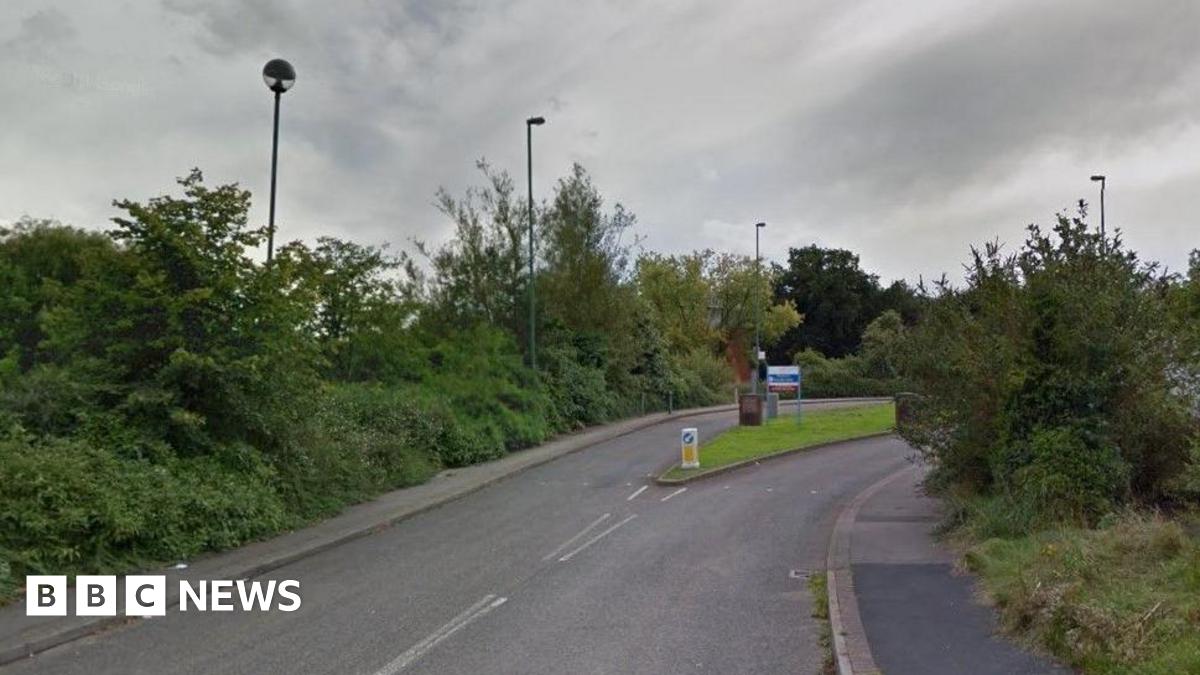Strong Bones, Healthy Future: Your Guide to Preventing Osteoporosis in Australia
Understanding Osteoporosis: The Silent Threat
Osteoporosis, often called the 'silent disease,' weakens bones, making them brittle and more prone to fractures. Many people don't realise they have it until a fracture occurs. Factors like age, genetics, gender (women are at higher risk post-menopause), and lifestyle choices all play a role in bone density.
Nutrition for Bone Strength: What to Eat
Building and maintaining strong bones starts with your diet. Key nutrients include:
- Calcium: Found in dairy products, leafy green vegetables (like kale and spinach), fortified plant-based milks, and canned salmon with bones.
- Vitamin D: Crucial for calcium absorption. Your body produces Vitamin D when exposed to sunlight, but many Australians are deficient, especially during winter. Consider Vitamin D supplements, and include foods like fatty fish (salmon, tuna) and fortified foods.
- Vitamin K: Plays a role in bone metabolism. Found in leafy greens, broccoli, and Brussels sprouts.
- Magnesium: Helps regulate calcium and Vitamin D. Found in nuts, seeds, whole grains, and dark chocolate (yes, that's good news!).
- Protein: Essential for bone matrix formation.
Exercise: Weight-Bearing and Resistance is Key
Physical activity is vital for bone health. Focus on two types of exercise:
- Weight-Bearing Exercises: These force your body to work against gravity, stimulating bone growth. Examples include walking, jogging, dancing, hiking, and stair climbing.
- Resistance Exercises: Strengthen muscles and bones. Examples include lifting weights, using resistance bands, and bodyweight exercises like squats and push-ups.
Aim for at least 30 minutes of weight-bearing exercise most days of the week, and incorporate resistance training 2-3 times per week.
Lifestyle Factors & Prevention
Beyond diet and exercise, several lifestyle choices can impact your bone health:
- Quit Smoking: Smoking reduces bone density.
- Limit Alcohol Consumption: Excessive alcohol intake can interfere with calcium absorption.
- Maintain a Healthy Weight: Being underweight can increase your risk of osteoporosis.
When to See a Doctor
Talk to your doctor if you have any concerns about your bone health, especially if you:
- Have a family history of osteoporosis.
- Have experienced a fracture after a minor fall.
- Are postmenopausal and experiencing bone loss.
- Have certain medical conditions or take medications that can affect bone density.
Your doctor may recommend a bone density scan (DEXA scan) to assess your bone health and determine your risk of fractures.
Take Control of Your Bone Health Today!
Protecting your bones is an investment in your future health and wellbeing. By adopting a healthy lifestyle, focusing on key nutrients, and engaging in regular exercise, you can significantly reduce your risk of osteoporosis and fractures and enjoy a stronger, healthier life for years to come.






